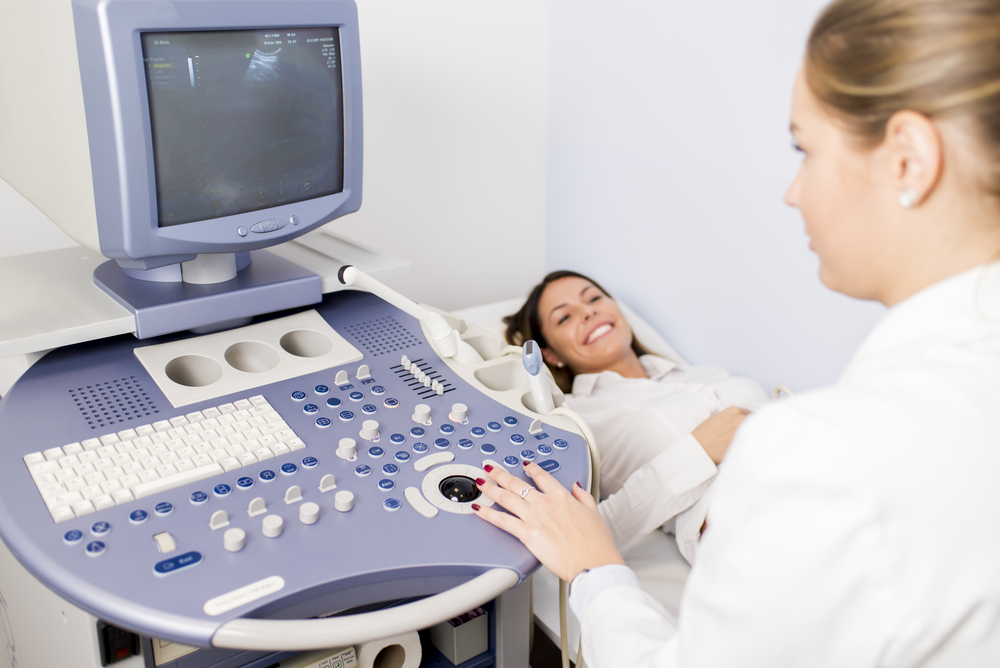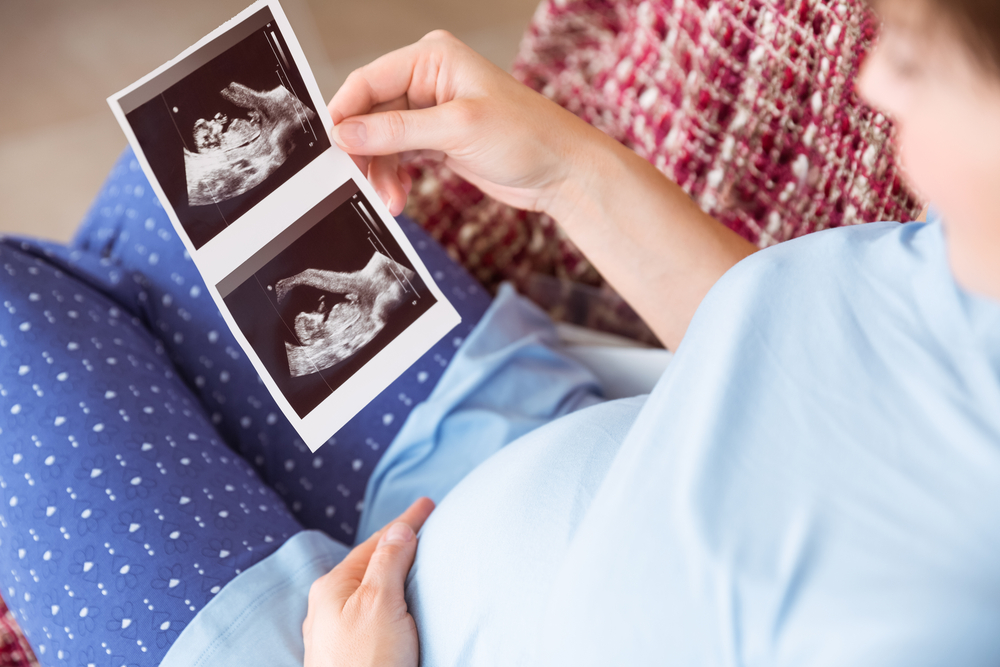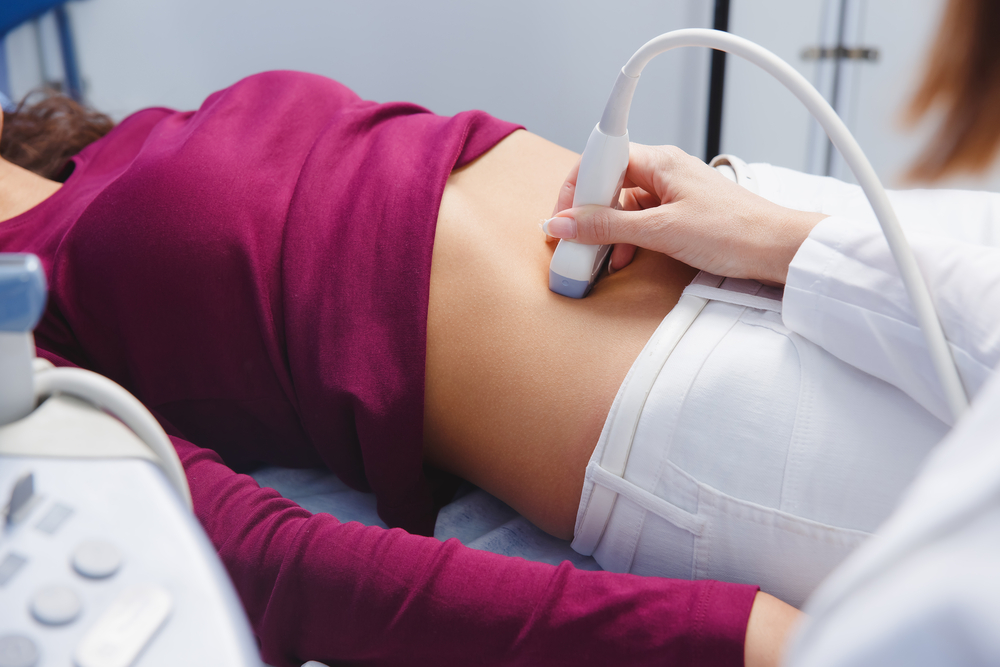Uterine Septum

What is a Uterine Septum?A uterine septum is an upside-down, triangular-shaped piece of tissue which divides allor part of the uterine cavity in two. The tissue is a left over remnant from normal,embryonic uterine development and is most commonly discovered with an HSG(hysterosalpingogram). A septum can also be discovered with a 3D ultrasound and askilled […]
Uterine Fibroids, Endometrial Polyps, and Ovarian Cysts

Uterine fibroids are non-cancerous muscle growths within the walls of the uterus.Endometrial polyps are abnormal tissue growths within the endometrium, the innerlining of the uterus.Ovarian cysts are fluid-filled sacs on one or both ovaries that usually form duringovulation.Symptoms of fibroids, polyps, and cysts vary, but these structural abnormalities can allcontribute to pelvic pain, abnormal uterine bleeding, and other complications […]
Factors Affecting Pregnancy Outcomes

What are Intrauterine Adhesions?The inside of the uterus is like a pocket with the front and back walls flat against each other.The pocket is lined with tissue called endometrium. During menstruation, the superficial(topmost) layer of the endometrium is shed. When a woman becomes pregnant, the embryoimplants in the endometrium. Injury to and/or infection of the […]
What to Know About Endometrial Receptivity Analysis

Endometrial receptivity analysis (ERA) is a genetic test that takes a small sample of awoman’s endometrial lining to determine which day would be the best day to transferthe embryo during an IVF cycle. Performing an endometrial receptivity analysis can beincredibly helpful as the window of endometrial receptivity can be one of the causes ofinfertility in […]
Uterine Cavity Assessment

Approximately 15 percent of couples are affected with subfertility, of which up to 20percent remain unexplained. Uterine cavity abnormalities can be a contributing cause ofsubfertility and recurrent implantation failure. Uterine cavity assessment has beensuggested as a routine investigation in the evaluation of subfertile women.Traditionally, hysterosalpingography has been the most commonly used technique inthe evaluation of […]
Transvaginal Ultrasound: 8 Reasons to Have One

A transvaginal ultrasound scan is a key fertility procedure to have if you want a baby.Most women have their first scan (abdominal, not vaginal) at the 12-week mark, oncethey’re pregnant. But not everyone gets pregnant, and there’s often a physical reasonwhy. A transvaginal scan is a safe and effective way to check your cervix, uterus,fallopian […]
Diagnostic Hysteroscopy

A hysteroscopy is a procedure used to examine the inside of the womb (uterus).It is carried out using a hysteroscope, which is a narrow telescope with a light andcamera at the end. Images are sent to a monitor so your doctor or specialist nurse cansee inside your womb.The hysteroscope is passed into your womb through […]
The Donor Assisted IVF Process

ConsultationThe first step is an evaluation with one of our reproductive endocrinologists, who willdiscuss your treatment options and help you understand all aspects of the optionsavailable. If you decide to proceed with a donor ovum cycle, your doctor will tell youwhat you need to do to prepare. Your doctor will also perform a medical evaluation […]
Embryo Transfer

Embryo transfer is done via the canal of the cervix to the uterus with the help of a slim,flexible catheter made of plastic. This process is fast and pain-free. For the embryotransfer, only the best morphology blastocysts are chosen to be transferred.Single elective embryo transfer is recommended; this is the transfer of one of the […]
Preimplantation Genetic Screening (PGS) and Preimplantation Genetic Diagnosis (PGD)

PGS (pre-implantation genetic screening) can help couples not only select the gender oftheir child but can also determine if an embryo contains the normal number ofchromosomes. PGD (pre-implantation genetic diagnosis) can identify particular geneticdiseases that a person may carry while also assisting couples who could potentiallytransmit a sex-linked genetic disease to their children.With 99.9 percent accuracy […]